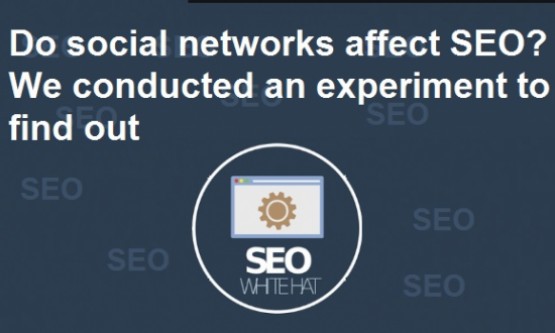

Migration is an irrefutable solution for companies that want
to do their jobs in peace. It helps to benefit from real-time and secure
information exchange. This efficient method also enables better relationships
between the various agencies of a large company, which are located in different
geographic locations.
Cloud Technology and the migration to
Snowflake
Talend is currently one of the leading specialists in integrating information into the cloud. The company recently released its new automated migration offering, starting from the current data warehouse and targeting Snowflake. The latter is mainly created for the cloud.
Why work in such an approach?
There are several reasons for such an initiative. Companies go into debt because of their local data warehouse. Some of them even have exorbitant costs as they increase the number of uses or users. This situation forced the switch to the cloud. In this context, Talend aims to meet the needs of companies using existing or on-premises data warehouses. It has a reliable conversion method that the migration can be done, including tables, views, and ETL scripts.
Household factors involved
Talend also points out the costs that are often too high to migrate current or on-premises data warehouses. Michael Pickett, vice president of business development and ecosystem at Talend, said that by using these migration services for Snowflake, customers will benefit from cheaper services that will not weigh as much on their budgets. The offer is still available to the partners of this cloud giant and is also easily accessible for customers.
What interests users?
Users want to make their data analysis systems more and more innovative. To do this, they want to use much more efficient techniques. The migration to the cloud proposed by the Talend experts will be able to perfectly meet these real customer needs. With this method, you can concretize much more complex migration projects and thus enable much stronger cooperation between the customers and employees.
Functions related to migration and
integration
The offer is linked to several functions. Most notable remains the ease of data management, which is mainly related to the integration of information that may or may not is structured. The user can also divide the information into virtual data marts. Besides, the integration helps in better automation of database schemas.
A great idea brings
forth various security breeches also
Intensive 5 cybersecurity risks when moving
to the cloud
The move to the cloud, however, posed new security challenges. According to IDC, around 30% of the companies surveyed bought more than 30 types of cloud services from 16 different providers in 2019 alone. This makes these organizations vulnerable to cyber attacks. Cybercriminals attack these entities by misusing configuration errors and vulnerabilities in applications that are often not recognized by the organization due to a lack of skills.
The cloud offers tremendous potential for business efficiency and innovation, but it can also create a "wild west" of larger and more distributed environments that businesses can manage and secure.
Here are some of the top cloud security risks organizations should consider in the future.
Use cloud applications
According to the latest IRIS case study from IBM X-Force, cloud-based applications are the most common route for cybercriminals to compromise cloud environments. In the IBM study, they accounted for 45% of cloud-related cyber threats.
Ransomware
Ransomware is one of the biggest cyber threats to the cloud industry. IBM found that ransomware was deployed three times more often than any other type of malware in cloud environments, followed by crypto miners and malicious botnets.
Data loss
Companies are storing increasingly sensitive data in the cloud. About 29% of the directories transfers to cloud-based file-sharing services contained sensitive data, including intellectual property, according to APPLE INC & IBM.
As such, in the event of a security breach in the cloud, cybercriminals can gain access to intellectual property or other personal files.
Data loss is one of the cloud security risks that are difficult to predict and even more difficult to manage. The most common threat behavior identified by IBM over the past year in compromised cloud data transfer beyond the deployment of malware was data theft.
Malware
Malware gets into the cloud environment in different ways. The most common method is using phishing emails and using improperly configured storage servers.
Because data is constantly moving in and out of the cloud, the malware offers a dramatically increased number of ways to attack not only the cloud infrastructure but also infrastructure and client devices.
"Malware makers have also begun to produce malware that disables standard cloud protection products. It creates malware that benefits from the scale and simplicity of the cloud.
Legal/compliance
issues
With the increase in government data protection regulations like GDPR and HIPAA, regulatory compliance becomes more complex.
The widespread availability of data in the cloud environment can make it difficult for companies to know who has access to information.
Companies should always strive to comply with the laws and regulations of the industry to avoid high fines and reputational damage after a successful security incident.
Finally
As the transition to the cloud brings new security challenges, organizations that can apply a mature and streamlined governance model to the cloud can significantly improve the agility and responsiveness of security.
To fix security concerns and give hackers the taste of their own medicine in hybrid multi-cloud settings, organizations can concentrate on the following aspects:
Promote governance
and a culture of collaboration for cloud and security operations
Develop a
risk-based assessment to develop a roadmap for gradually adopting the cloud
Adopt strong tools
and policies to manage access to cloud resources
Ensure the right
security tools for all cloud and on-premises resources
Implement effective
security automation





